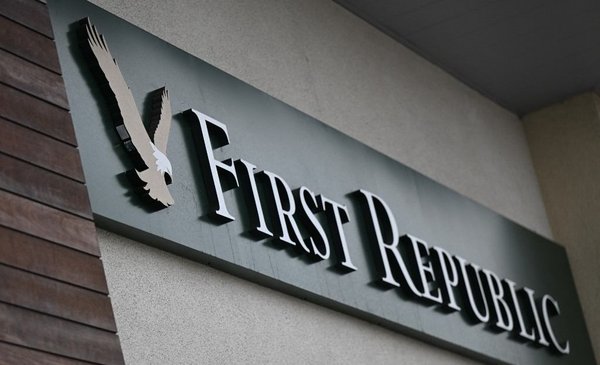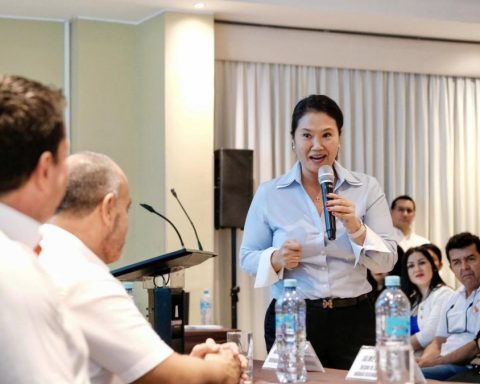First Republic Bank, which is facing a crisis of investor and customer confidence, will receive a $30 billion lifeline from a group of America’s largest banks.
“This show of support from a group of large banks is very welcome and demonstrates the resilience of the banking system“The Treasury Department said in a statement on Thursday.
Major banks include JPMorgan Chase, Bank of America, Wells Fargo, Citigroup, and Truist.
The $30 billion infusion will give the San Francisco lender much-needed cash to meet customer withdrawals and bolster confidence in the banking system from United States. during a tumultuous time for financial institutions
JPMorgan Chase was tasked with probing US banks with the aim of reaching an industry-backed solution to prop up First Republic Bank.
First Republic’s shares had plummeted and its debt rating was downgraded after SVB’s bankruptcy. JPMorgan, which is advising First Republic, made calls Wednesday night to several Wall Street banks, including Morgan Stanley and Goldman Sachs, to find funding for First Republic.
First Republic was exploring options including a capital increase to strengthen its financial position. Its shares, which had fallen 66% in the last week, rose more than 10% yesterday after learning of the capital injection.
Financial institutions including JP Morgan Chase & Co and Morgan Stanley have confirmed they would deposit up to $30 billion into First Republic Bank’s coffers to stabilize the lender, according to reports.
On the other hand, Credit Suisse yesterday obtained a lifeline from the Swiss central bank for US$ 54,000 million to shore up investor confidence. Shares of the Zurich-based bank rose 19.2% yesterday, after losing 24% the day before, to a new all-time low.
Latin American banks
The banking crisis from the collapse of US entities and the tremor of Credit Suisse generates uncertainty in the sector at a global level. The good news is that market analysts expect the contagion effect of the collapse to be limited for Latin American banks.
This is mainly due to the fact that the direct exposure that banks in the region have on financial institutions in the United States is not very high, added to strict regulations and ample liquidity with stable deposits, according to Moody’s, which this week also downgraded to “negative” his outlook for US banks.
“Most of the banking systems in Latin America are concentrated in large, solid and highly diversified banks. Consequently, the concentration by segment towards a single industry is relatively limited, which helps to protect the banking systems in the region,” he said. Marianna Waltz, managing director of Moody’s Investors Service.
Waltz added that, in addition to strict market risk regulation in Latin America, banks in the region have frequently faced prolonged periods of high interest rates and inflation, which helped their management teams build strong frameworks to control the risks.
Moody’s noted that the ratio of liquid to tangible assets for banks in the region is 32.2%, which could lead to smaller cuts in their market value if sales are needed to pay depositors.
The RIPE Chronicler

















